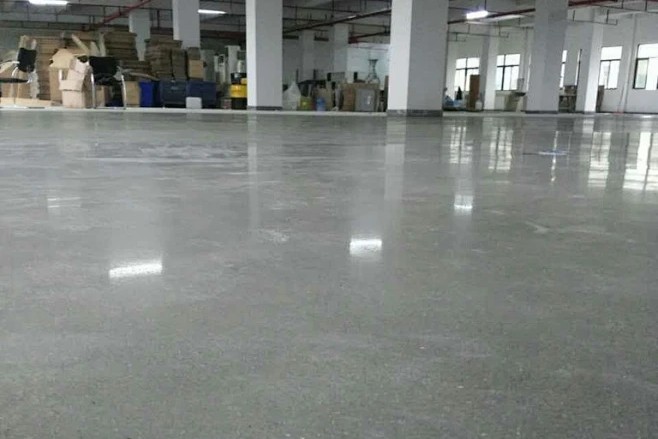
Dry vs. Wet Sanding of Concrete Floors: A Comprehensive Comparison

The choice between dry sanding and wet sanding of concrete floors is a critical consideration that involves multiple factors, each of which affects the overall efficiency, cost-effectiveness, and final quality of the concrete floor finish. This comprehensive comparison delves into the key factors that influence the decision-making process, revealing the benefits and caveats of each approach.
Labor Costs and Efficiency: Balancing Productivity and Resource Allocation
Labor costs and efficiencies for dry and wet grinding are key considerations that directly impact overall productivity and resource allocation. Although wet grinding can effectively reduce dust, it requires management of the slurry generated during the process, including collection, water absorption, transfer, and disposal. This complex process significantly increases labor requirements and material resources, affecting overall efficiency. In contrast, dry grinding, although it generates dust, simplifies the cleanup process by focusing on dust collection and disposal, thereby increasing efficiency and reducing labor requirements. Dry grinding therefore has clear advantages in terms of labor costs and efficiency, providing a more streamlined method for concrete floor finishing.
Material Costs: Assessing Resource Utilization and Efficiency
Material costs for dry and wet sanding of concrete floors include the active ingredients of sealants and hardeners, which play a key role in improving the standard dosage, density, and hardness of the finished floor. During the grinding process, some of these active ingredients may be lost, potentially increasing the amount of material used. In the case of dry sanding, the floor itself acts as a dry liquid sealant, effectively absorbing these ingredients when spread, thus increasing the standard dosage, density, and hardness of the floor. Therefore, dry grinding uses relatively less material and has a cost-effective advantage in terms of material costs.
Construction Safety: Reduce Risks and Keep the Workplace Safe
Electrical safety is an important consideration in concrete floor grinding, especially in wet grinding where the presence of water can create unseen hazard areas. Water mills require construction in areas with water, which poses potential leakage risks and related hazards to construction workers. In contrast, dry grinding poses lower safety risks with regard to electricity because it does not require the presence of water, thus minimizing the potential for electrical hazards. No matter what grinding method is used, secondary and tertiary protective measures must be implemented to ensure workplace safety. Dry grinding has a low-risk factor and has advantages in construction safety, providing a safer working environment for construction workers.
Worker health: minimizing health impacts and promoting well-being
The health effects of dust are an important consideration in concrete floor grinding, especially in dry grinding where dust is generated. Water milling is inherently dust-free, minimizing potential harm to the body. In contrast, dry grinding, if not equipped with an industrial vacuum cleaner, may produce large amounts of dust that may affect the health of construction workers. The presence of dust in the air can cause respiratory problems and other health problems, necessitating effective dust control measures. From a health perspective, water milling has the advantage of minimizing the impact on workers' health, providing a safer and healthier working environment for construction workers.
Final Effect: Evaluate clarity, translucency, and overall effect
The final effects of dry and wet sanding on concrete floor finishes include clarity, translucency, and overall effect on the finished surface. During the grinding process of the water mill, the efficiency of the blade is particularly high due to the cooling efficiency of water. However, in the later stages of water polishing, if the floor is not sufficiently dried, the glossiness of the polished floor may be affected, resulting in a hollow, dull, and unclear appearance. In contrast, dry grinding uses no water during the entire process and has clear advantages during the final polishing stage. There is no water in the entire process, and a variety of highly polished plates can be effectively used to obtain physical gloss and transparent and translucent surface effects. The end result of dry grinding therefore has significant advantages in obtaining a polished, clear, and translucent surface.
To sum up, whether to choose dry grinding or wet grinding for concrete floors requires a multi-faceted evaluation of labor costs, efficiency, material costs, construction safety, worker health, and final results. While wet grinding may have an advantage in terms of early grinding efficiency, dry grinding has clear advantages in achieving a polished, clear, and translucent final result. By carefully considering these factors, construction professionals can make informed decisions that align with their specific project requirements and priorities.
-
Online service
-
Official wechat
account
-
QQ:40933769
-
E-mail:
sales@z-lion.com
Online service
Please feel free to give your inquiry in the form below. We will reply you in 24 hours.

